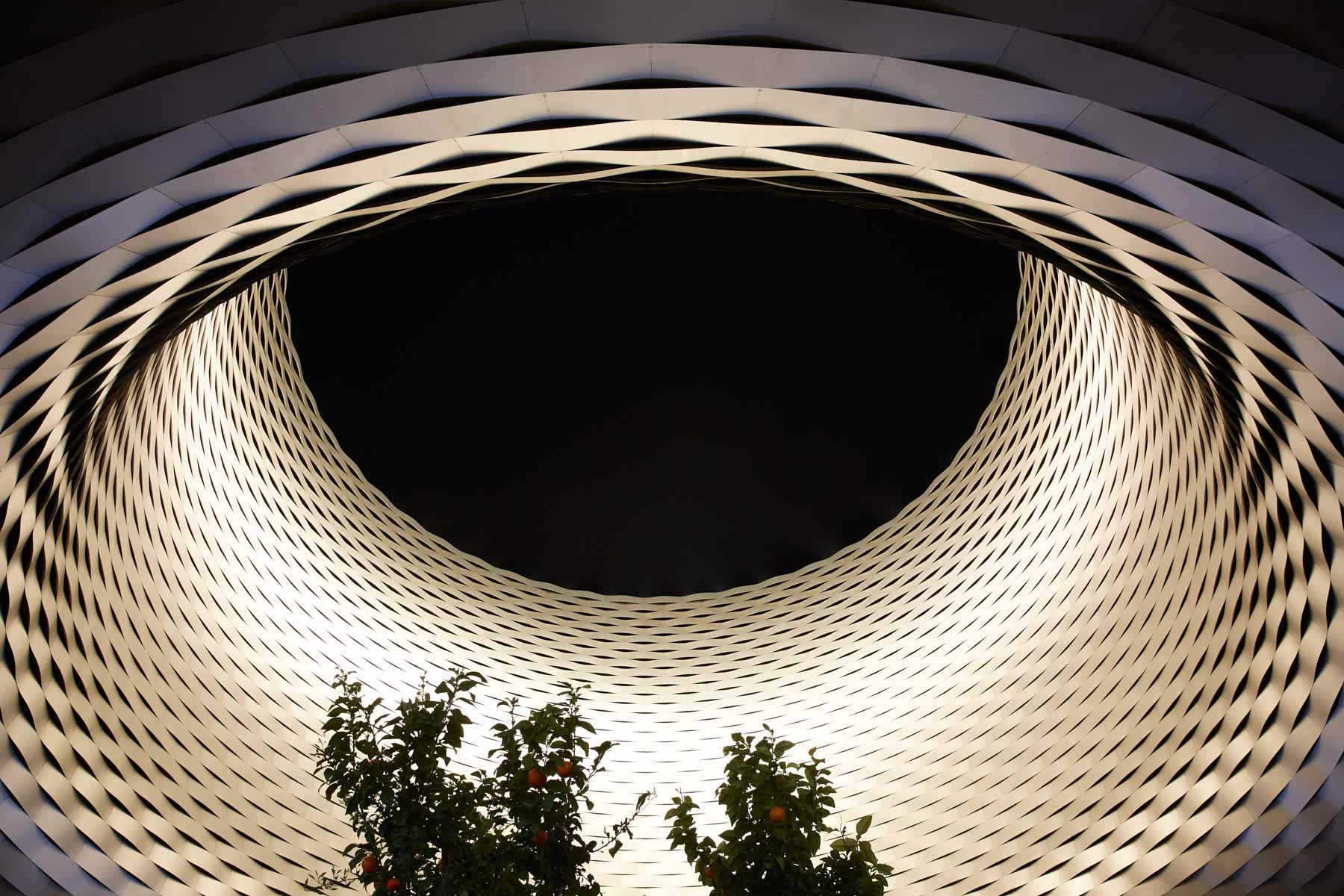
More than two years ago — before COVID-19 and the exodus of certain key exhibitors from the Baselworld — I began discussions with show organizers about how the show could be more useful in a world where the value of traditional trade shows has dramatically changed. About a year ago, these discussions intensified as the organization behind Baselworld was keen to develop a roadmap for how the world’s most important watch trade show event would adapt to a world when it needed to offer different value to the industry it served. Then the world sort of blew up in Baselworld’s face. Today, Baselworld has lost the majority of the anchor brands it has traditionally relied upon, and it is also in a position that, as of writing, there is no specific date for when the next Baselworld will take place, even though there is relative certainly it will happen sometime in 2021.
At this juncture, I’d like to explain five ways that I would change the format and platform of Baselworld. The goal would be to reaffirm the value of an in-person trade show event, while also being mindful of ways that Baselworld had become bloated, inefficient, and ineffective from the standpoint of offering its exhibitors value. Let’s first talk about what Baselworld once was before I offer my professional opinion on what it should be.
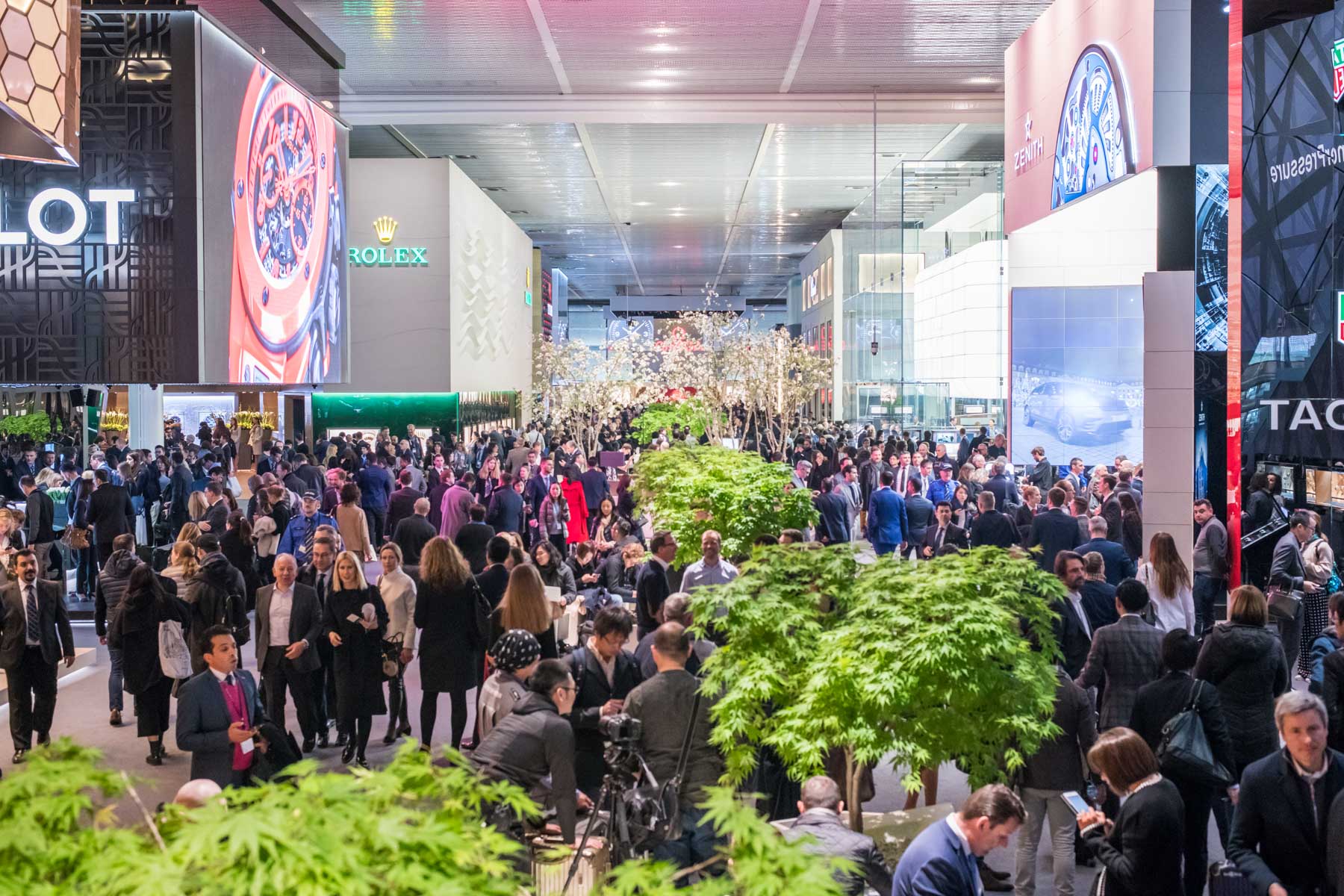
Baselworld was never (in my experience) a trade show in the sense that many other industries have trade shows. When I think of a trade show, I imagine seminars where industry professionals learn about new developments, innovations, and success stories that they might adapt for their businesses. I imagine a series of regulated networking and socializing opportunities allowing people to meet others people in the industry who do the jobs they do, while also learning about new companies doing things that they might be interested in. I also imagine a platform the effectively helps communicate what happens at the show not only to interested people who could not physically be there but also the business world, in general, such as consumers and retailers who would benefit from understanding how the show reflects on the state of the industry. For better or worse, Baselworld never really excelled at any of that. Adding to the problem is that most other watch trade shows around the world have been loosely or directly based on the format of Baselworld, the implication being that while Baselworld is not the only watch trade show game in town, as a leader it has prompted many other regional or competing international trade shows to emulate many of its same outdated principles.
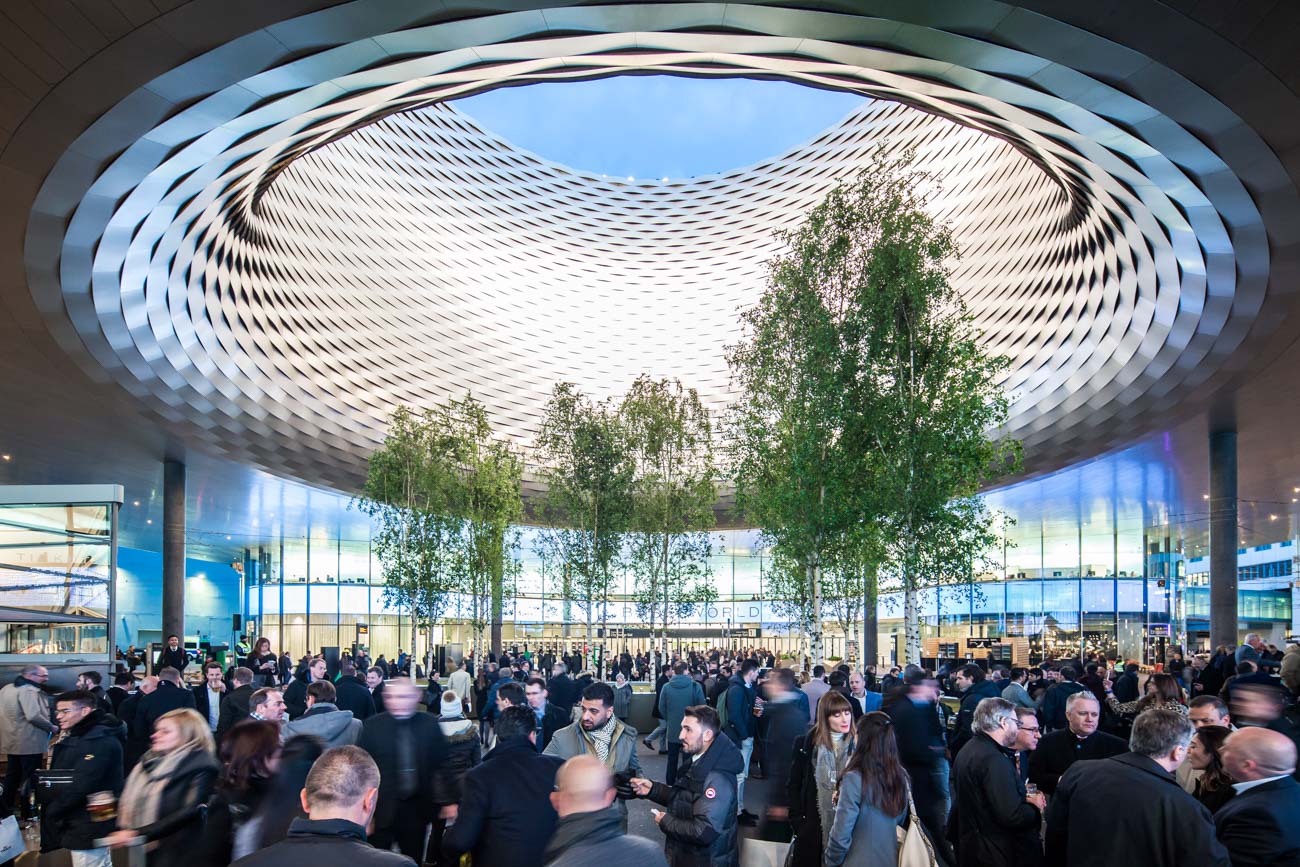
A better explanation of Baselworld is that it is one big space where a series of competitors can have meetings under a safe roof and benefit from a lot of the same intended guests. In that sense, Baselworld was more or less a massive, shared meeting opportunity for its guests. It didn’t add to the watch industry, it didn’t guide it, and Baselworld really never had too much ability to either set an agenda or lead the watch industry in any particular direction. All of this had value in a pre-Internet, not yet fully globalized world when Baselworld was more or less the only opportunity for watch brands to have such meetings with buyers, media, and other partners. Over the last 15 years, watch brands have found that Baselworld is not the most efficient place to meet with retailers, media, clients, and other partners. This is simply a side effect of increased travel and digital communication. Such modernization has greatly eroded the core value Baselworld has traditionally brought its exhibitor customers in past eras. To make a show like Baselworld relevant again, its value must far exceed that of merely being a large, shared meeting space. Baselworld has to take a position on things. Baselworld has to educate and advance its guests and customers. It has to matter for people to be at Baselworld. And if Baselworld doesn’t adopt these measures, then someone certainly should.
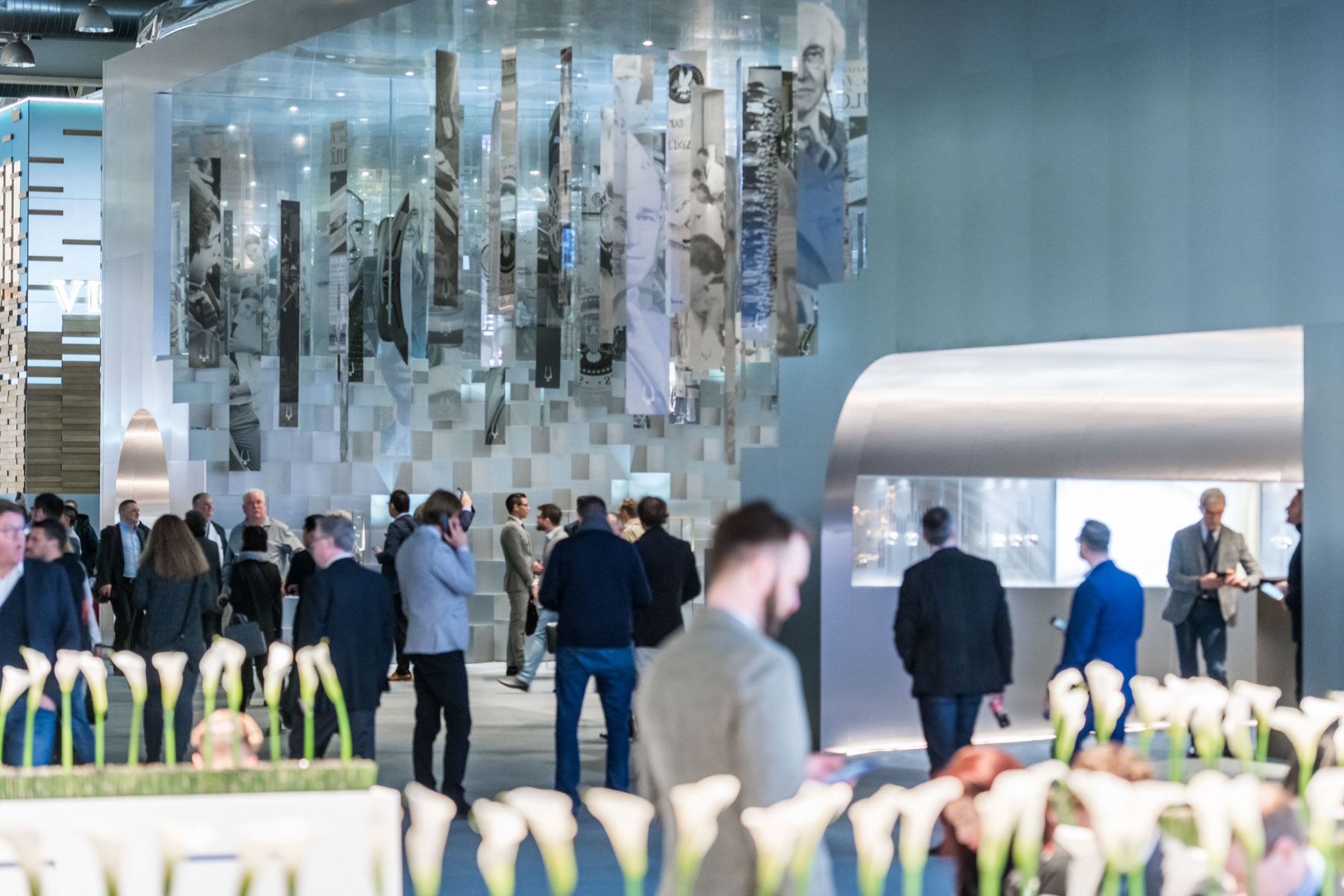
New Watch Technology & Product Innovation Showcase
In the interest in giving value to exhibitors as well as helping to promote valuable new industry offerings, Baselworld should create a new side area which is a new watch technology and product innovation showcase (given a pretty name by someone who is good at naming these things). There are a few layers to this concept. The first layer is very practical and is to give suppliers and inventors who have technology, services, materials, etc… that might be of interest to watch brand customers a platform to showcase their offerings. This would very much be a B2B (business to business) part of Baselworld and would be part of driving an innovation engine that allows talented companies help traditional watch brands deliver the novelty consumers crave and the modern thinking watch brands desperately need.
There watch industry has numerous companies who make special parts, or interesting new materials that can barely get a hold of someone at a company whose technical department might very well want what they are offering. There are companies out there who offer innovations in product authentication, supply chain management, sales, design, etc… that watch brands could use to their advantage, but right now real place to connect watch makers. There is perhaps one “watch supplier” show like this in Switzerland right now, but it isn’t really effective at reaching global brand managers and it certainly doesn’t get any media attention. I know for sure that there would be immediate to a large number of watch industry professional if Baselworld hosted an innovation showcase designed to let brands meet and learned about companies and offerings that they can incorporate into their businesses.
In addition to the new watch technology & product innovation showcase being a place for suppliers to meet with brands, it should also be a space where brands can display actual new technology and innovation that may be featured in their new products. This is a place where concept watches and exciting new models can be showcased with a focus on what they are offering new. This will help brands show off their latest tech, and will help educate retailers, media, and consumers alike on how to understand their latest contributions to watchmaking. While it is true that brands will also showcase this information at their Baselworld booths – in my opinion the message focus of a technology showcase is the best place to promote this information. Practically speaking, after 10 years at Baselworld I can tell you that most of the time as media we leave not being clear what new products brands are the most proud of or that if many products incorporated any new technology. Simply saying, this information was present at Baselworld all along, but mostly too hard to find and easy to miss for most booth guests.

Booths For Media Partners
I’ve referred to Baselworld as “going to war” for good reason. We members of the media who attend Baselworld better be in excellent physical shape because the conditions are exhausting. We must carry around many pounds of equipment that we must then unload and deploy each time we need to photograph watches. This has to be done through narrow trenches some people have also called Baselworld brand booths. aBlogtoWatch fights this war because our mission is to create as much hands-on photography and video content as possible to publish over the course of the next year (or until the next trade show). This is part of what has made aBlogtoWatch so valuable to its audience.
Brands also benefit. In fact, ask most brands what they want from meetings with media at Baselworld, and they will tell you that they want stories and coverage. It is actually part of their value expectation from the money it costs to display at Baselworld. Given that exhibitors want maximum media coverage, and given that covering Baselworld as media is a challenge, this part of the trade show event can be vastly improved.
In my opinion, the solution is to allow important media partners (those with particular audience sizes or who are nominated by a particular caucus of exhibitors) to have their own booths at Baselworld. These media partner booths would allow companies like aBlogtoWatch that ability to set up a media capture space one time at the show, and not have to pack up for a week. That would give us the ability to create more consistently high-quality photography, video, and interviews, as well as to work more efficiently. Media partners would show up at Baselworld, set up shop in their booth, and then have brand representatives come to them with products and people to shoot.
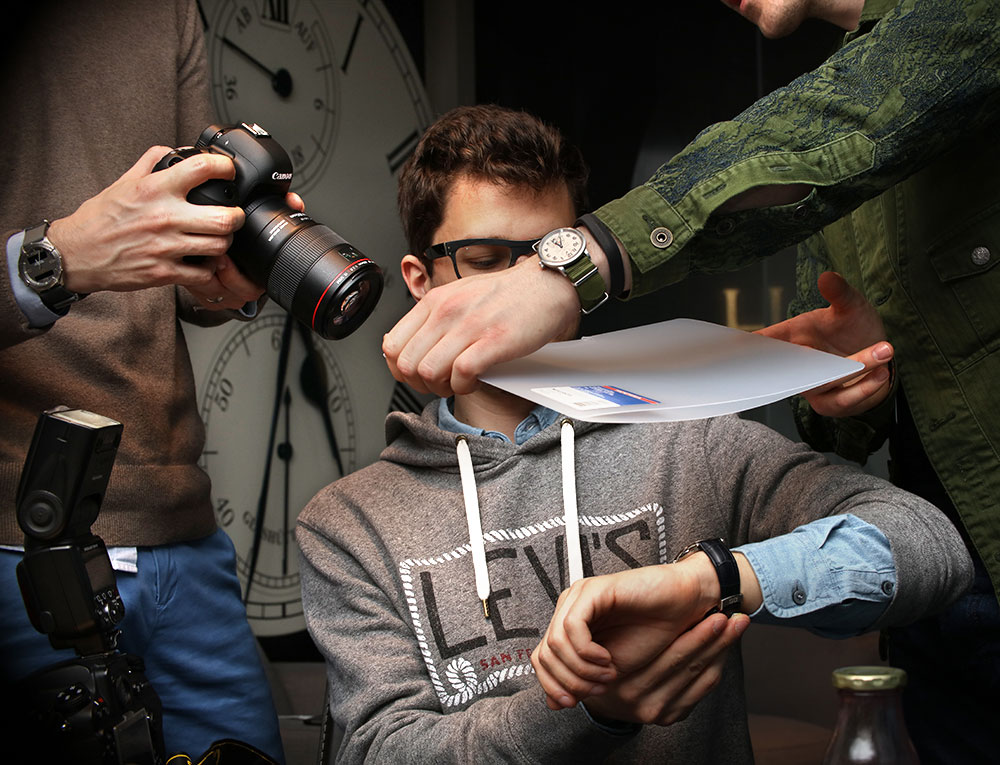
One of the important benefits of this is that traffic at brand booths and at the show, in general, would greatly improve. Right now, the aisles between booths, as well as the booths themselves, get crowded with people toting around loads of camera gear and other media equipment. Things quickly become both uncomfortable and dangerous for personal property in the small spaces and hectic environment of a trade show. Baselworld would look more professional and meetings and brand booths would be more comfortable for everyone if the media was able to do its things in a separate area. Media company owners and representatives could even still have meetings with brands at their booths, albeit in a more relaxed atmosphere with their equipment being used to capture media elsewhere.
I would also extend the length of press day. Currently, Baselworld offers press one day before the “public” opening of the show as a means for media to get some exclusive coverage. This is a good idea, but given the number of exhibitors and how much time press need to spend with them, one day isn’t enough. Baselworld should stagger itself in three phases over the course of the week. I would recommend that Baselworld begin with two full press exclusive days (press would be there for the entire show if they like, but the two days are to give brands more dedicated time to meet with them), followed by three days of Baselworld dedicated to general retailer, distributor, supplier, and other watch industry business professionals, and finally two ending days of Baselworld which are general-purpose meeting days but where the show is open to the general public as well as for brand VIP clients. During Baselworld Press Days (I like the ring of that), exhibitors would be able to prioritize time to meet with media and ensure availability for managers for interviews, as well as key products for shooting. This is important because watch brands often produce so few samples of their new watches that the same “samples” must be shared (and fought over) between sales and marketing teams. By separating Baselworld into phases, brands can more efficiently make use of their limited human and product resources.
Dedicated watch media publication booths are a good investment for Baselworld because it not only makes the exhibitors happy but also ultimately will deliver far more media value to the show. The greater volume of coverage about Baselworld simply acts to reinforce the value of Baselworld — making it an even more desirable place for industry people to be and for guests to visit.
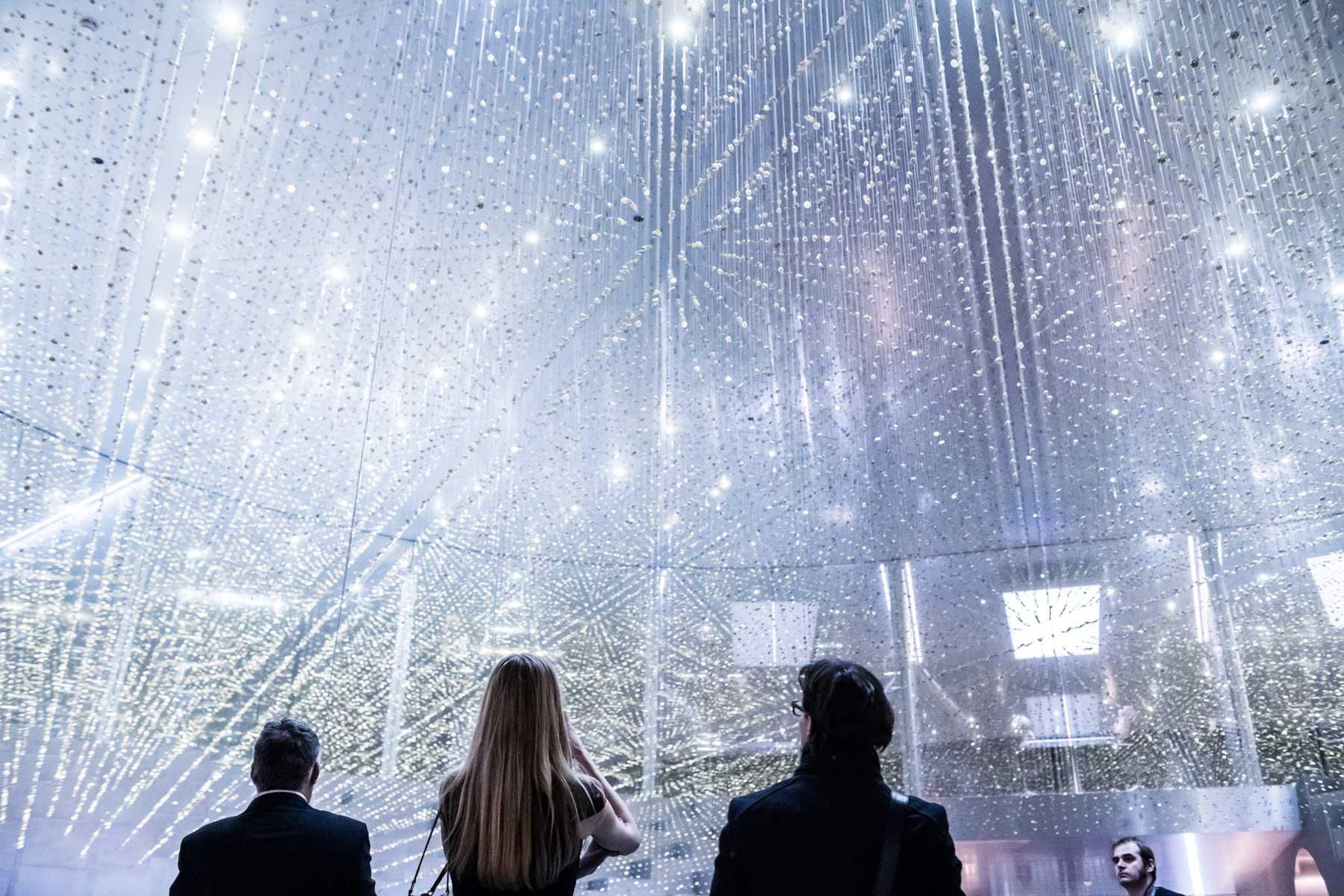
Make The Baselworld App A Tool To Get Feedback For Exhibitors
One of the things that can be hard to do at a trade show is have a conversation with someone new. If you are a guest at an exhibitor booth, you might spend a lot of time there looking at the displays, forming opinions, and developing questions… all the while leaving before you have a chance to share any of that with a human being who would care about it. This is a chronic problem at trade shows, in general, so a solution to this problem would benefit more than just the watch industry. My idea is to use the Baselworld app as way to give feedback to a brand if you’ve just visited their booth.
Baselworld smartphone app users should be able to enter a booth and then perhaps take a picture of a QR code under a watch on display, or generally comment about the experience in the booth. Users should be able to comment on which watches they most liked, which watches they want to learn more about, and perhaps which products they didn’t much appreciate. A brand should offer visitors to their booth any number of questions and feedback opportunities through the app – which never require a conversation with an actual person. The app could also serve as a means of allowing someone to request a meeting with a company at whom they don’t have a contact, or as a customer to request more information on where they can purchase products. Until now, if you wanted a meeting with a watch brand at Baselworld, and didn’t already know someone working at the company, your odds are literally up to your Jedi negotiation skills by a booth’s receptionist (who frequently is just a part-time show hire).
Feedback and input received from the Baselworld app would also help exhibitors and Baselworld get metrics-style feedback on the performance of reactions to their booth. Maybe a lot of people liked a watch that was displayed too far in the back. Next time, they can move the watch to a better location with that in mind. Maybe too many people reported a poor experience of the person working at the front desk? Maybe next time someone else can be positioned up there. Such data, as remarkably useful as it is, is no way being formally collected or shared in any current watch trade show environment. I believe that some minor investment into improving the Baselworld app would not only make attending the show a more meaningful and engaging experience for the guests, it would also give exhibitors valuable reaction data on their latest products and overall performance that would otherwise be totally lost to them.
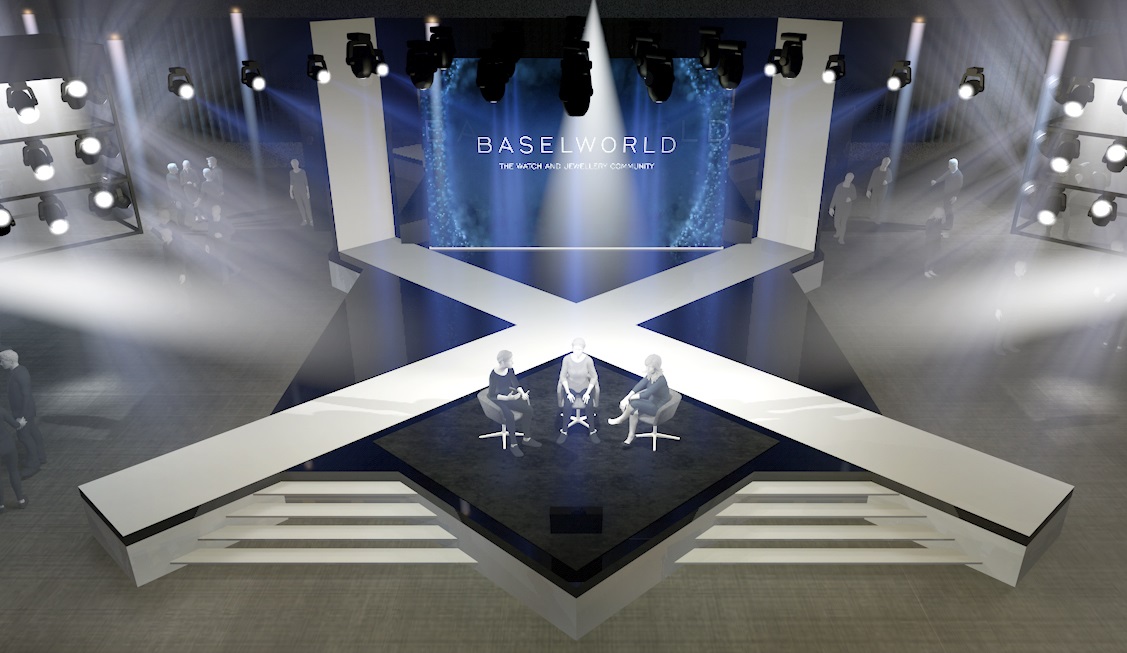
Create A Watch Brand CEO Summit
The ability to develop professionally at Baselworld has always been limited. There have never been any formalized networking opportunities or even meeting places where you might run into people who have similar jobs like you at other companies. When the most common question I get at Baselworld meetings is “Ariel, who is doing it right?” you know there is a vast professional networking problem in the watch industry. Baselworld can help.
I imagine an event that is essentially a CEO Summit for the top managers of exhibitor watch brands. The CEO Summit would consist of two main activities. The first is a day of professional seminars, lectures, and round table discussions where CEO guests not only listen to cherry-picked speakers but who also have a chance themselves to speak to the entire audience. The catch is that rather than being generally open to media, or brand employees in general, this speaking series is exclusively available company owners and top managers. This means that the speakers and guests are mutually more comfortable and free to exchange stories, best practices, concerns, and salient lessons to the entire group. Right now, there is not as much friendship between watch brand CEOs, but as the Swiss watch industry is collectively under more economic pressure from the outside world, I see a trend of increasing community (as well as awareness of vulnerability) from the top people at the important luxury watch brand names in Switzerland.
I say all this to suggest that even if a CEO Summit for the watch industry was not a politically realistic proposition a few years ago, today in 2020, it makes more sense than ever. While optional, I believe that the owners and top managers of Baselworld exhibitors would easily dedicate a day of their time for a series of actually informative and meaningful talks and discussions related to how people in roles just like theirs are coping or thriving in their jobs.
The second part of the CEO Summit would be a more casual opportunity to socialize with colleagues in a setting that Baselworld loves: a party. The CEO Summit should end with a gala dinner that gives each of the exhibitor brands its own table, with a few seats whose guests can be chosen by the brand owner/CEO. This would be an evening dinner event that could also turn into a legitimate party or even an award show. The CEO Summit should be both a networking opportunity and a celebration of the men and women who made the decision to go to Baselworld and stay in the watch industry for yet another year. This should be something guests look forward to, and where an invitation to be at a CEO’s table is an honor for company employees or other VIPs.
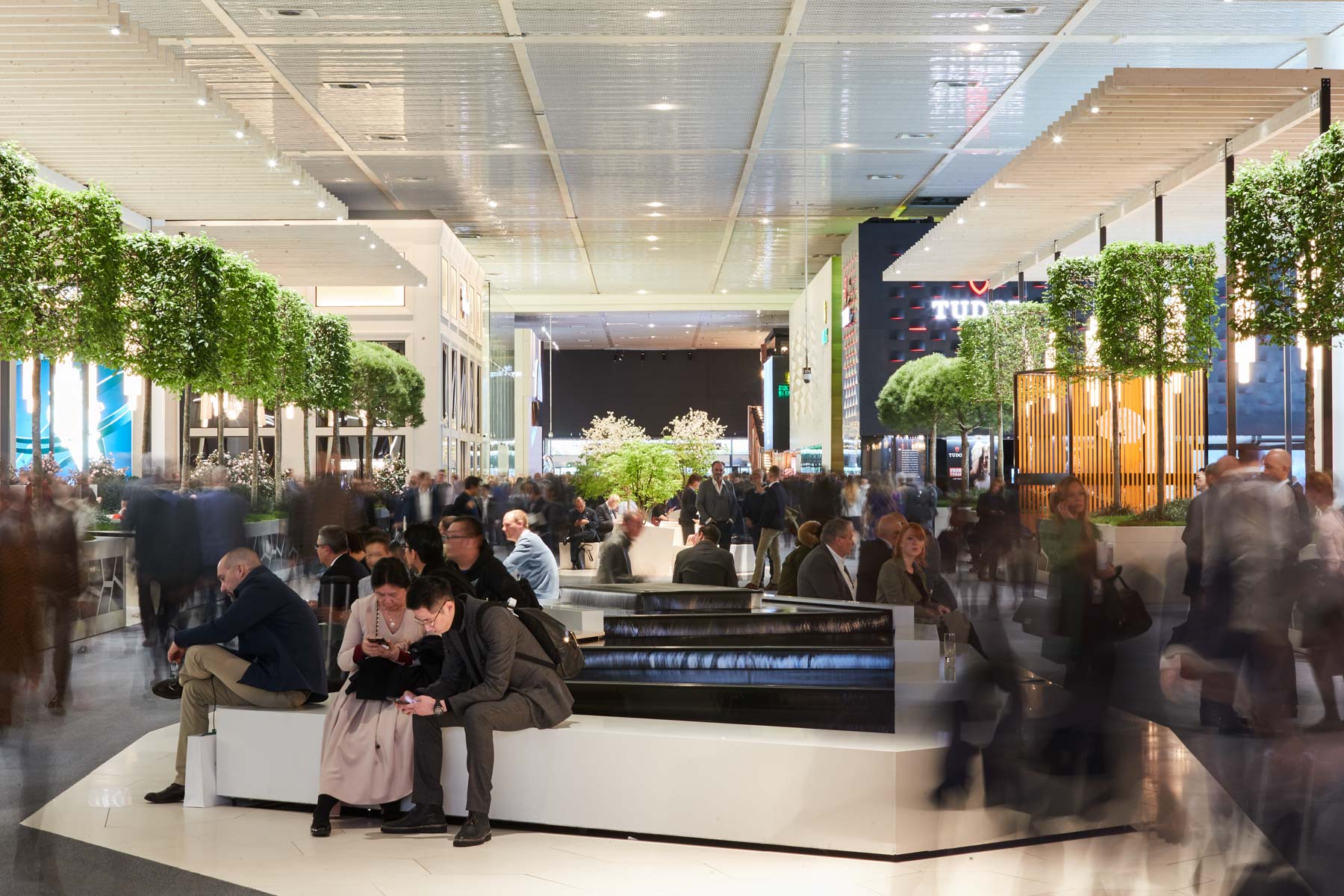
End Baselworld With Two Consumers Days, And A Sales Twist
As I discussed above, one of the un-titled other changes I would make to Baselworld is to stagger out the focus of the show over three phases. The first phase is Baselworld Press Days, then Baselworld Retail & Business Days, and then finally Baselworld Consumer Days. This final two days of consumer focus would allow brands to shift their attention to specially invited VIP customers, as well as the general consumer public that would be able to only then attend the event in order to see the as-to-be-released new watches.
Watch brand exhibitors all mention wanting to have more access to consumers, but they rarely take the time to interact with the ones who come to their booths at Baselworld. With two days dedicated to consumers, even a brand CEO can walk outside the booth and gauge how consumers are reacting to product displays and innovation. Consumer Days are especially important because VIP consumers at very high-end brands put in orders akin to, or greater than, some retail doors. With an ability not to have to juggle time between other business meetings and meetings with VIP clients, watch brand managers can extend the sales opportunity Baselworld by offering attention to more existing and potential consumer clients. This is a valuable use of watch brand time, and it is already the case that many of the world’s top wristwatch consumers and collectors visit Baselworld, to begin with.
One probably controversial but compelling thing that some exhibitor brands could do is make a closeout sales opportunity of Baselworld during Consumer Days. What if, instead of trying to unload unsold inventory from previous years on the Internet (where damaging published discounted prices will inevitably show up), why not use Baselworld as a place to have a trunk show where unsold inventory is made available for sale, discreetly, and with private prices at the end of Baselworld?

Doing such a close-out sale directly to consumers and whoever wants to show up would solve a few current problems. First, it would give watch brands a needed venue to sell off excess inventory, but in a way that the sales of which don’t materially harm the primary (new) market for watches. The Internet is where most of today’s unsold inventory ends up, with discounted prices that vastly erode away at a consumer’s tendency to feel confident about spending a full retail price. To solve this problem a good solution is to find a discreet way of selling discounted watches in a way that won’t sully the market for new watches as much.
Baselworld could be a mecca for bargain hunter watch enthusiasts seeing what they can score at a good price via an intimate and private negotiation with the brand. Brands would know exactly who they are selling to and could monitor if the same person is trying to purchase too many watches, and have a lot more control of the process. In fact, having a closeout sale at the end of Baselworld is smart because brands will know how much they need to discount. If they had a great show, then a brand will likely feel less incentive to sell watches at much of a discount. Exhibitors who don’t meet sales or other performance goals during the first part of Baselworld, might have a final chance to make up for it by selling more closeout watches on account of a more attractive policy of discounting. No, Baselworld doesn’t need to become a consumer sales event, per se, but money is already changing hands there, there is already a fair bit of security, and it is an ideal place to meet with consumers. More so, each and every consumer who flies to Switzerland to visit a number of watch brands seeking a good deal is also going to notice all the brand’s new watches and, in general, be another valuable, relevant eyeball for Baselworld and its exhibitors to enjoy.
